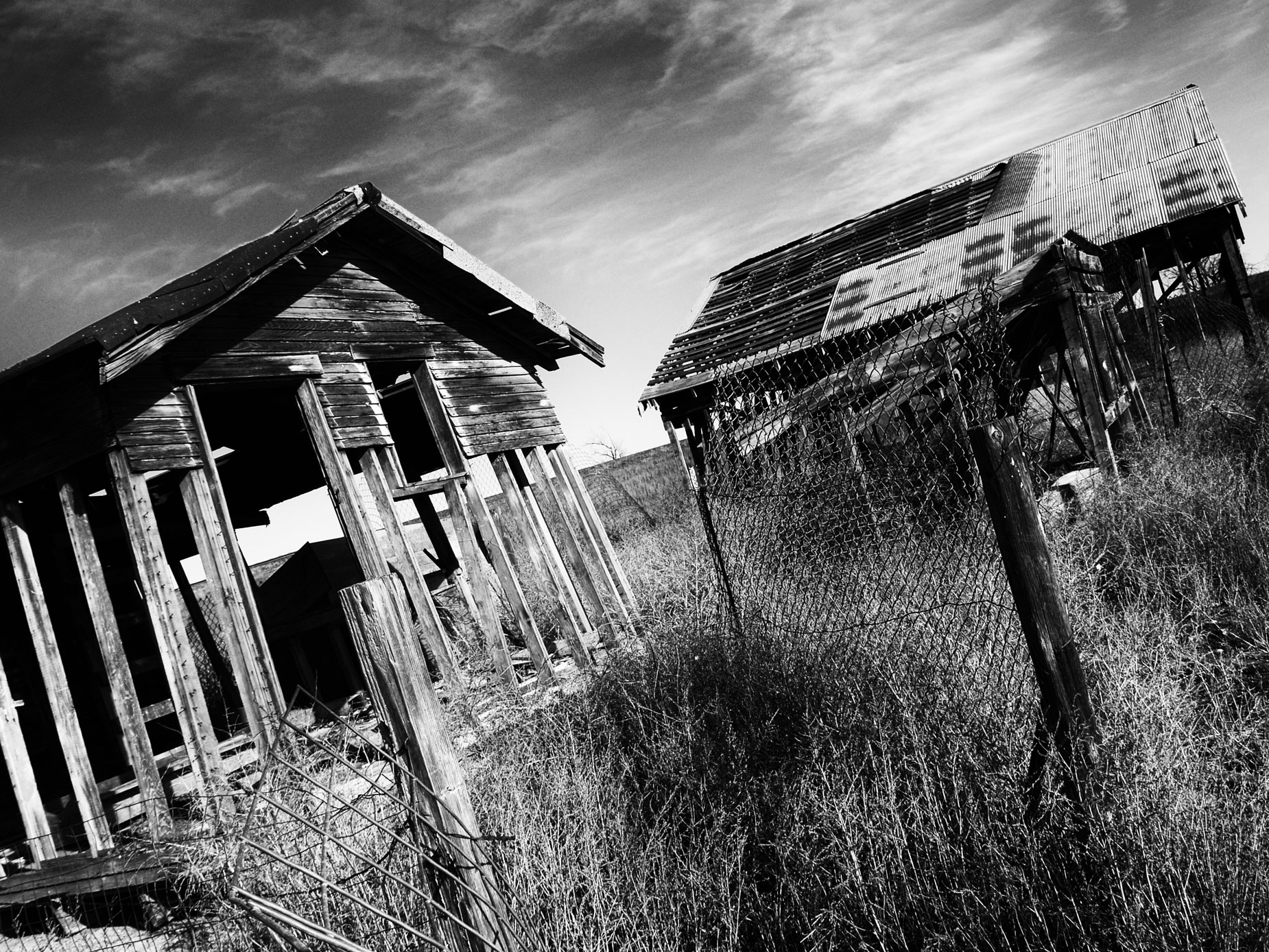In my Tuesday Thoughts post Photographing Places You Love, I wrote about that one of my ongoing self assignments was making images of barns, the older the better. In Today’s post—and next Tuesday’s as well, I’m talking you behind the scenes on one such shoot and the somewhat unusual, for these times, camera that I used to make the featured image.
Today’s Post by Joe Farace
“In the history of photography, we have many masterpieces in black and white, and you can learn a lot from them. We’re all still working in a tradition – both in terms of art and in terms of science.” – Hiroshi Sugimoto
Whenever I find myself wondering, “what do I want to shoot next?” and, at the same time, start to think “there’s nothing to photograph,” I like to shoot some images in monochrome. It doesn’t have to be all of the images that are made during a particular photo session; maybe just a few to, you know, see what happens. But what if you change your mind and really really want that original at some later date to be in color?
Shooting in RAW+JPEG
Most cameras have a RAW+JPEG option that lets you capture a monochrome (JPEG) and color (RAW) file at the same time. Some dual-memory card slot cameras, will even let you simultaneously save each file type to a different card. This method means that you get to use the JPEG file as a digital proof that you can show the subject when shooting portraits but have a color RAW file that you can retouch and process later into black and white.

One of the biggest advantaged of having that color RAW files for portraits is that many retouching tools, including my favorite Imagenomic’s’ Portraiture, work better with color files than black and white one because there are so many more color tones available. So more often than not when making portraits in the studio, I’ll shoot (RAW + JPEG) and convert the color file to monochrome later using Adobe Photoshop.
But even when shooting scenes. like the one above, in some abandoned building on a now condemned right-of-way in Adams County, Colorado, the JPEG file makes an excellent contemporaneous proof that I can look at in camera, even if I will just look at them in Adobe Bridge later to pick a RAW file that will be convert to monochrome with Silver Efex/
How I made this shot: For this image the camera used was an Olympus E-300 from their original Four-Thirds—not Micro Four-thirds, series cameras although the sensor size is exactly the same 18 x 13.5mm size. This camera used the Kodak KAF-8300CE FFT-CCD sensor that is now beloved by many shooters of older digital cameras because they believe it produces the most filmic (and maybe cinematic) look. You can hear what Snappiness has to say about all this topic in his YouTube video CCD is the New Film.
The lens used was the Zuiko Digital 14-45mm f/3.5-5.6 (a 28-90mmequivalent.) The exposure was 1/125 sec at f/9 and ISO 200. This JPEG image was made before my now standard RAW+JPEG regime and was converted to monochrome using the Silver Efex plug-in and it’s High Contrast (smooth) preset.
My book Creative Digital Monochrome Effects is available from Amazon with new copies at $16.16 with used copies starting at a little more than six bucks, as I write this. There’s no Kindle version available, sorry.
